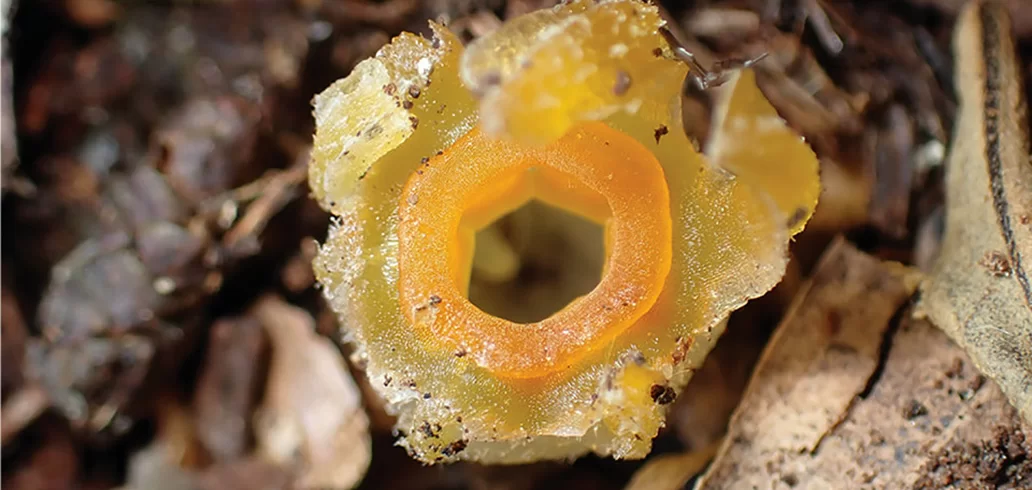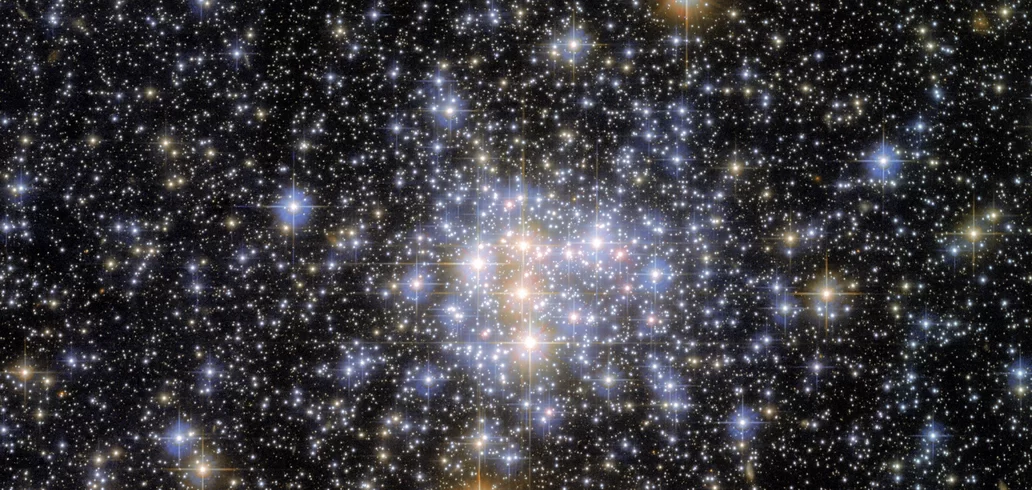Curiosities
If the Sun warms the Earth, why is space cold?
Advertisement
So while solar radiation can heat bodies that are directly exposed to sunlight, the space around them remains cold because there is no efficient mechanism to transfer that heat. This is what allows objects in space, such as the Moon or spacecraft, to cool rapidly when they are not directly exposed to solar radiation.
The heat of the sun
The Sun's heat is generated through nuclear reactions in its core, where hydrogen is fused to form helium in a process called nuclear fusion. These reactions release enormous amounts of energy in the form of radiation and charged particles, including visible light, ultraviolet radiation, infrared radiation, and other types of radiation.
This radiation travels through space and heats the celestial bodies in its path, including the Earth. The Earth receives a fraction of this solar radiation and absorbs it in its atmosphere and surface, resulting in the planet's heating. However, even with the large amount of energy that the Sun emits, the space between the celestial bodies is cold due to the lack of matter to conduct and distribute this heat, as I mentioned earlier.
Space experiments
Space experiments are conducted in a variety of scientific fields to expand our understanding of the universe, test theories and technologies, and develop practical applications. Here are some categories of space experiments:
1. **Astronomical Observations:** Use of space telescopes to study stars, planets, galaxies and other celestial bodies in different wavelengths, from visible to infrared and radio.
2. **Planetary Studies:** Investigation of planets, moons and other objects in the solar system, including exploration missions, such as those of NASA and ESA, which send probes and rovers to study the composition, geology and atmosphere of these bodies.
3. **Microgravity Research:** Taking advantage of the microgravity environment in space to study the effects of weak or absent gravity on physical, biological, and chemical processes. This includes experiments in crystal growth, biotechnology, medicine, and materials.
4. **Climate and Environmental Studies:** Monitoring the Earth from space to study climate change, weather patterns, natural disasters and environmental impacts, using Earth observation satellites.
5. **Space Biology Research:** Study of the effects of microgravity and space radiation on living organisms, including plants, animals, and cells, to better understand how life responds to the space environment and to develop countermeasures for astronauts.
6. **Space Technology Experiments:** Development and testing of new technologies for propulsion, communication, navigation and life support systems in space, as well as experiments to evaluate the performance of materials and components in extreme environments.
These are just a few examples of the research areas addressed by space experiments. Each space mission, whether manned or unmanned, typically carries a variety of experiments to make the most of the unique environment of space.
You may also like

Wine in Ancient Rome May Have Tasted 'Spicy', Study Says
A study reveals that the taste of wine in ancient Rome may have been surprisingly spicy, defying expectations about the beverage.
Keep Reading



